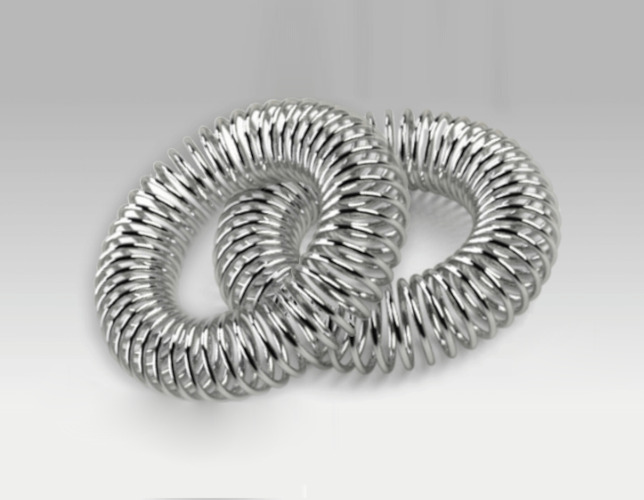
The rise of technology has brought about a new era of innovation and efficiency in the modern world. With the advancement of electronic devices, there has been an exponential increase in the number and type of gadgets we use daily. Electronics have become integral to our lives, from smartphones to computers, cars to airplanes. However, with this increase in usage comes a corresponding increase in electromagnetic interference (EMI) and radio frequency interference (RFI). EMI/RFI can cause significant harm to sensitive electronics resulting in malfunctioning or failure. Canted coil springs can be a way to protect equipment from EMI/RFI interference.
Canted Coil Springs as EMI Shielding
Shielding sensitive electronics from EMI/RFI is thus an essential requirement for any electronic device manufacturer. Various shielding solutions, like metal shields or coatings, often suffer from weight, thermal management problems, and low flexibility.
This is where canted coil springs come into play. These springs provide superior EMI/RFI shielding while being lightweight and flexible. The unique design features independent coils that serve as multiple contact points for optimal conductivity and/or grounding, ensuring consistent, reliable connection with mating surfaces under shock and vibration.
The precisely engineered coil angles ensure that these springs provide maximum surface area contact, resulting in efficient current transfer and decreasing contact resistance between mating surfaces. This feature leads to less energy loss due to heat dissipation than traditional designs, translating into better performance over time.
Canted coil springs are made using various materials, including stainless steel alloys capable of handling high temperatures without losing shape over time, ensuring longevity even under harsh operating conditions.
Applications as EMI Shielding
These unique springs can be used for applications ranging from medical equipment to aerospace systems, where reliability is paramount. One such example is their use as connectors between motherboard components on computers, where they reduce the noise created by signal transference between components leading to improved overall system performance.
Canted coil springs can also be used as cable shielding, providing flexible, lightweight, and low-resistance solutions for high-speed data transmission cables. They are especially useful in applications where weight is critical, like aerospace or automotive.
Advantages of Canted Coil Springs
An advantage of these springs is their ability to absorb shock and vibration, reducing the risk of damage to electronics due to mechanical stress over time. This feature makes them ideal for use in rugged environments such as military applications, industrial machinery, or heavy-duty vehicles.
In addition, canted coil springs are easy to install and require no additional hardware making them a cost-effective solution for manufacturers. They can be easily integrated into existing designs without redesigning entire systems, thus reducing development costs while still providing superior performance.
Overall, canted coil springs offer an excellent solution for EMI/RFI shielding needs with their superior conductivity, flexibility, and shock absorption capabilities, all while being lightweight and easy to install. Their versatility makes them an excellent choice for almost any application where reliable electronic performance is essential.
